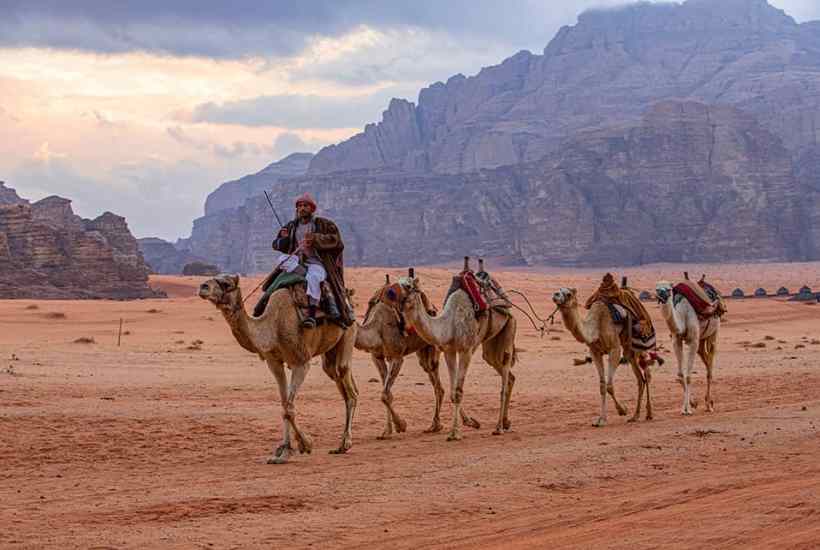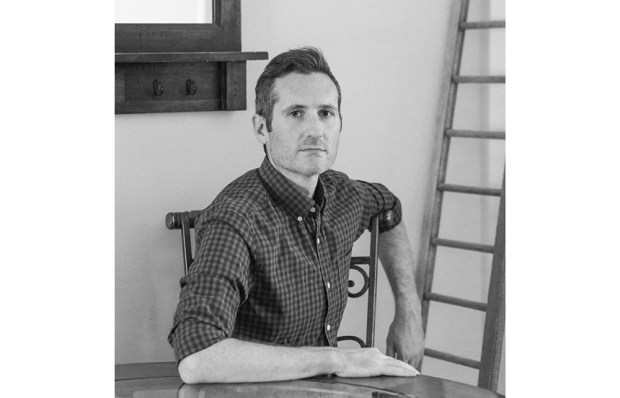Anthony Sattin begins with a quotation from Bruce Chatwin, who famously tried all his life to produce a book about nomads but never quite succeeded (the nearest he got was Songlines). Hoping to persuade Tom Maschler at Cape of the virtues of the project, Chatwin described nomads as ‘a subject that appeals to irrational instincts’ – perhaps not the best way to sell something to publishers, who tend to pride themselves on their rational ones.
Already a subscriber? Log in
Subscribe for just $2 a week
Try a month of The Spectator Australia absolutely free and without commitment. Not only that but – if you choose to continue – you’ll pay just $2 a week for your first year.
- Unlimited access to spectator.com.au and app
- The weekly edition on the Spectator Australia app
- Spectator podcasts and newsletters
- Full access to spectator.co.uk
Or
Unlock this article
You might disagree with half of it, but you’ll enjoy reading all of it. Try your first month for free, then just $2 a week for the remainder of your first year.














Comments
Don't miss out
Join the conversation with other Spectator Australia readers. Subscribe to leave a comment.
SUBSCRIBEAlready a subscriber? Log in